Inside: Fun ways teachers can encourage and celebrate student kindness by using positive reinforcement, praise, encouragement, and “rewards.”
When I was getting my teaching credential, the first class they made us take wasn’t on how to teach reading or how to teach math. It was on classroom management.
We knew from the beginning that if we couldn’t get and keep our students’ attention, there was no point in teaching them the lessons we so carefully created.
One of the most impactful ways I experimented with to get my brand new Kindergartners to sit on the rug quietly and pay attention was to compliment all the other kids around them on how great they were doing. My squirmy little guy quickly sat down criss-cross applesauce and paid attention. He wanted the compliment too.
As educators, we know the power of positive reinforcement. We’d much rather use the proverbial “carrot” than the “stick.” I want to hand out all the stickers and trips to the treasure box far more than trips to the principal’s office.
So whenever we can use positive reinforcement, both in school and at home with our own kids, we do it because we know it encourages and promotes the behaviors we want to continue.
And that includes being kind, helpful, thoughtful, and generous.
If we’re teaching our students to be kind, then here are some fun and inspiring positive reinforcement ideas to encourage the kind behaviors to continue and celebrate student kindness when we see it.
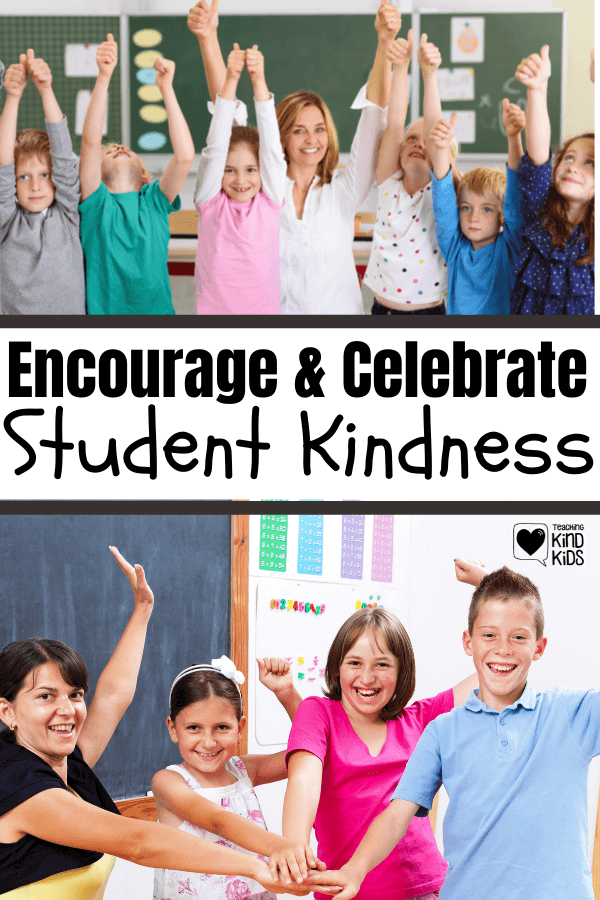
Which is Better: Extrinsic or Intrinsic Rewards?
There is of course a school of thought that disagrees with extrinsic rewards to motivate children to do anything: They shouldn’t get a cookie for behaving or get praise for doing something that is expected of them. They should want to intrinsically find the motivation or desire to turn in their homework or sit quietly on the rug or be kind to their classmates.
And of course, that is the end goal…to get kids to want to be kind because they want to.
But with our young students and with our reluctant students, we have to give them the extrinsic reward and the positive reinforcement first.
We have to make it worth their while, or extrinsically reward them with stickers or trips to the treasure box or sitting with us at lunchtime.
And then, with practice, we connect their kind actions to their emotions so they begin to realize it feels good to be kind.
Over time, they will want to be kind more often because they’ll recognize and remember it feels good to be kind and they want to feel good more often.
We will, eventually, be able to wean them off of the rewards and the praise for their kind behaviors because the intrinsic rewards will have kicked in.
But in the beginning, many children benefit from the use of extrinsic rewards to be kind more often.

Ways to Encourage Student Kindness in our Classrooms
There are many ways we can encourage our students to be kind.
We can call it a “challenge” and challenge them to be kind with our Monthly Kindness Challenge or our Seasonal Kindness Challenge we can send home with them.
We can call it a game and play things like Kind or Trash, Kindness Tic Tac Toe or play one of these other Kindness Games.
We can read books about kindness and friendship and how to stand up to bullies.
We can intentionally teach sel curriculum and lesson plans with our Kindness Emergent Readers and our Kindness Zoo and our Kindness Vocabulary Activities.
But we can also use the teachable moments they’re in on the yard and the cafeteria and the hallways and praise the kind behaviors when we see them.
We can give verbal praise or we can make our praise and “reward” a bigger deal with these fun ideas to encourage even more student kindness.
And then later, after kindness is a habit, our students won’t need these to want to be kind.

Fun Ways to Praise or “Reward” or Celebrate Student Kindness
1. Kindness Pizza to Celebrate Student Kindness
Every time you see your students being kind, they get to earn a piece of a pizza. Once they’ve built their Kindness Pizza, your class earns a pizza party.
They’ll work together to get a lunch that will be extra delicious.
2. Interactive Kindness Bulletin Board
We love hanging up these monthly interactive kindness bulletin boards because every time any adult or student sees someone speaking or acting with kindness, they get to write it down and hang it up for the whole class to see.
The more kindness there is, the more crowded your kindness board will get.
3. Kindness Hole Chart
This is perfect for the students who are really struggling to be kind as a class and remember to be kind.
Each time you see these students speaking or acting in even the smallest of kind ways, punch a hole on their Kindness Hole Chart.
Once they get to 20, they get a prize: sticker, trip to the Treasure Box, time with you, first dibs on the toys at recess, etc.
Whatever extrinsically motivates them. (And then slowly you can wean them off of needing prizes for their kind actions).
Get the printable and the directions here.
4. Simple ways to celebrate kindness
You can give table points, tally marks, or fill a jar with marbles or pom poms everytime you see someone do something kind.
You can make a paper chain of kindness activities and add a link every time someone speaks or acts with kindness.
You can tie kindness and social-emotional learning to math and make a bar graph or a picture graph to show how many acts of kindness you can do each month.
It doesn’t have to be fancy but it does have to be celebratory, fun and consistent.
5. Caught Being Kind Cards
We also love “catching” students being kind. When they are, you can slip them one of these notes to let them know you know they are kind.
You can give these to students “quietly” or you can make a big deal out of it and present them to a bunch of students at the end of the week.
6. You’re So Sweet to Celebrate Student Kindness
When your students work together towards a common goal, they cheer each other on and want each other to succeed.
So if we set them up to all want to be kind together, they’ll help each other remember to be kind more often. One fun way to do that is with desserts.
Each time you see student kindness, you can give them an ingredient for a sweet treat they’re working to earn.
When they have all the ingredients needed, you can bake or buy them the treat to enjoy as a class. It’s a sweet way to thank them for being sweet.
Because kindness is something to celebrate.
It is something to praise and reward and encourage.
We want more kind kids in the world and we want to associate being kind with being happy, having fun, and enjoying themselves.
And to do that, we can easily use sticker charts and sugar cookies and pizza parties.


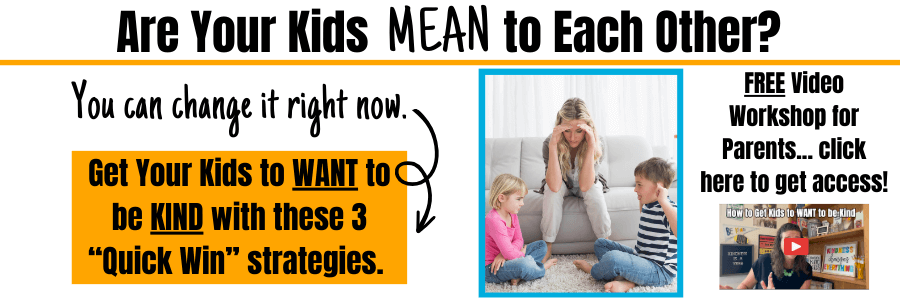
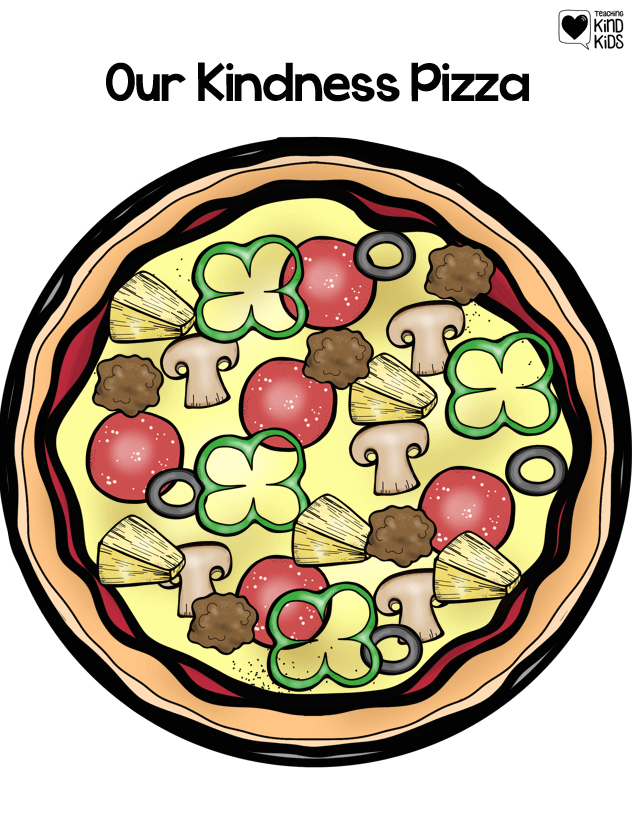
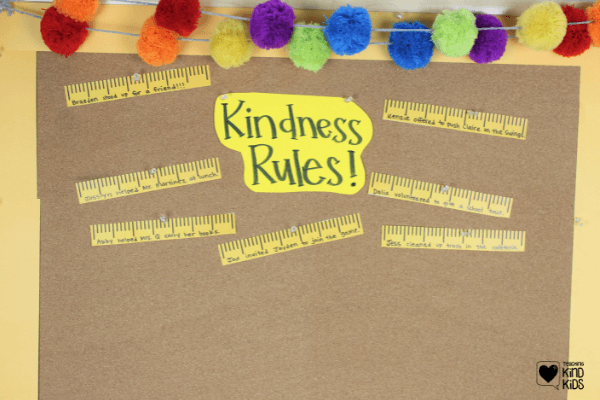
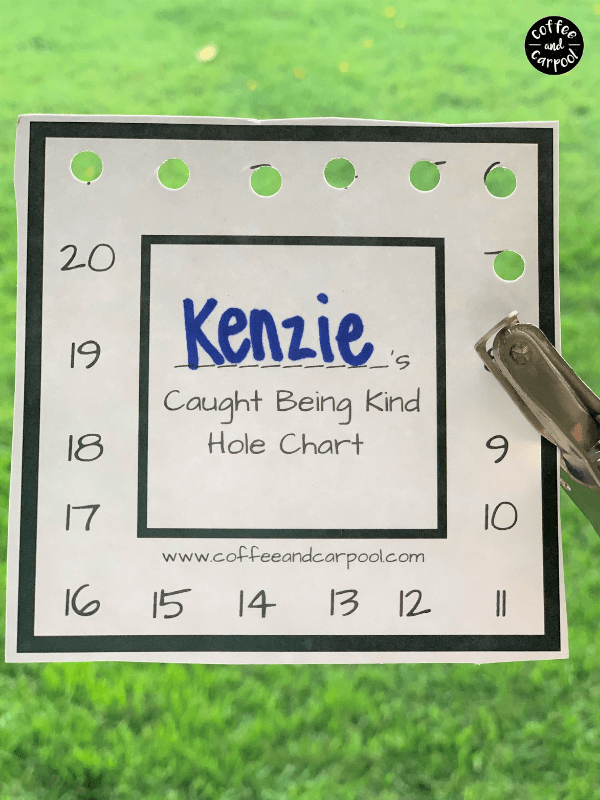
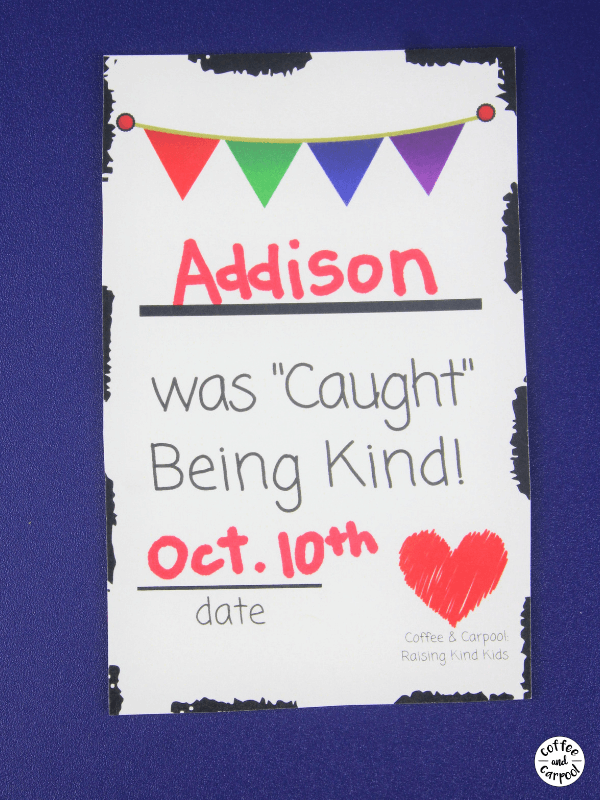

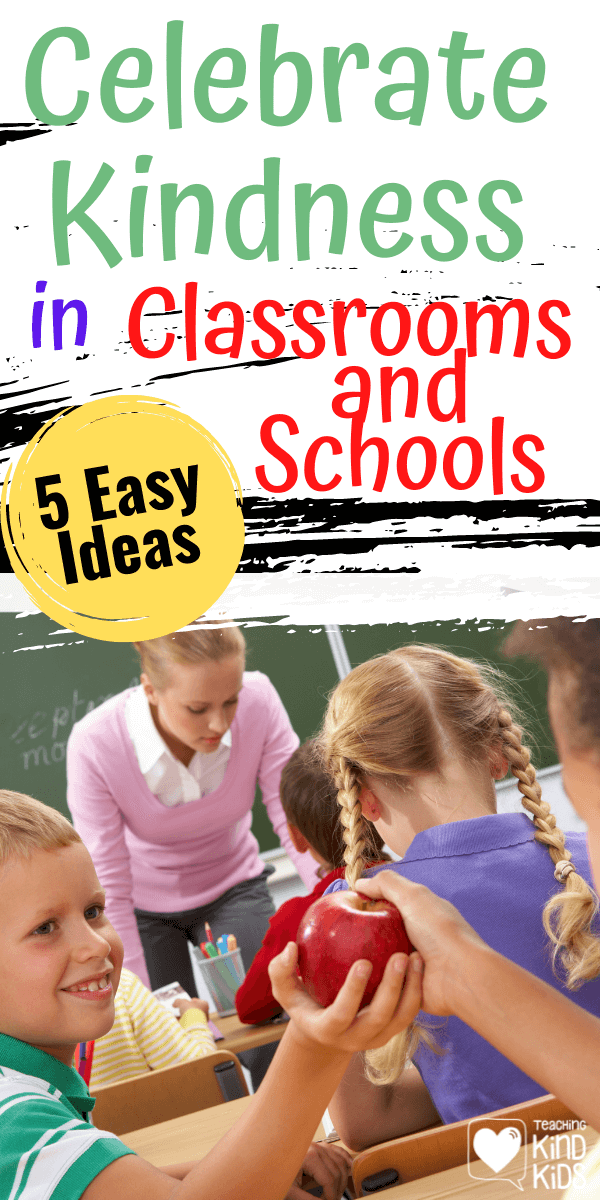
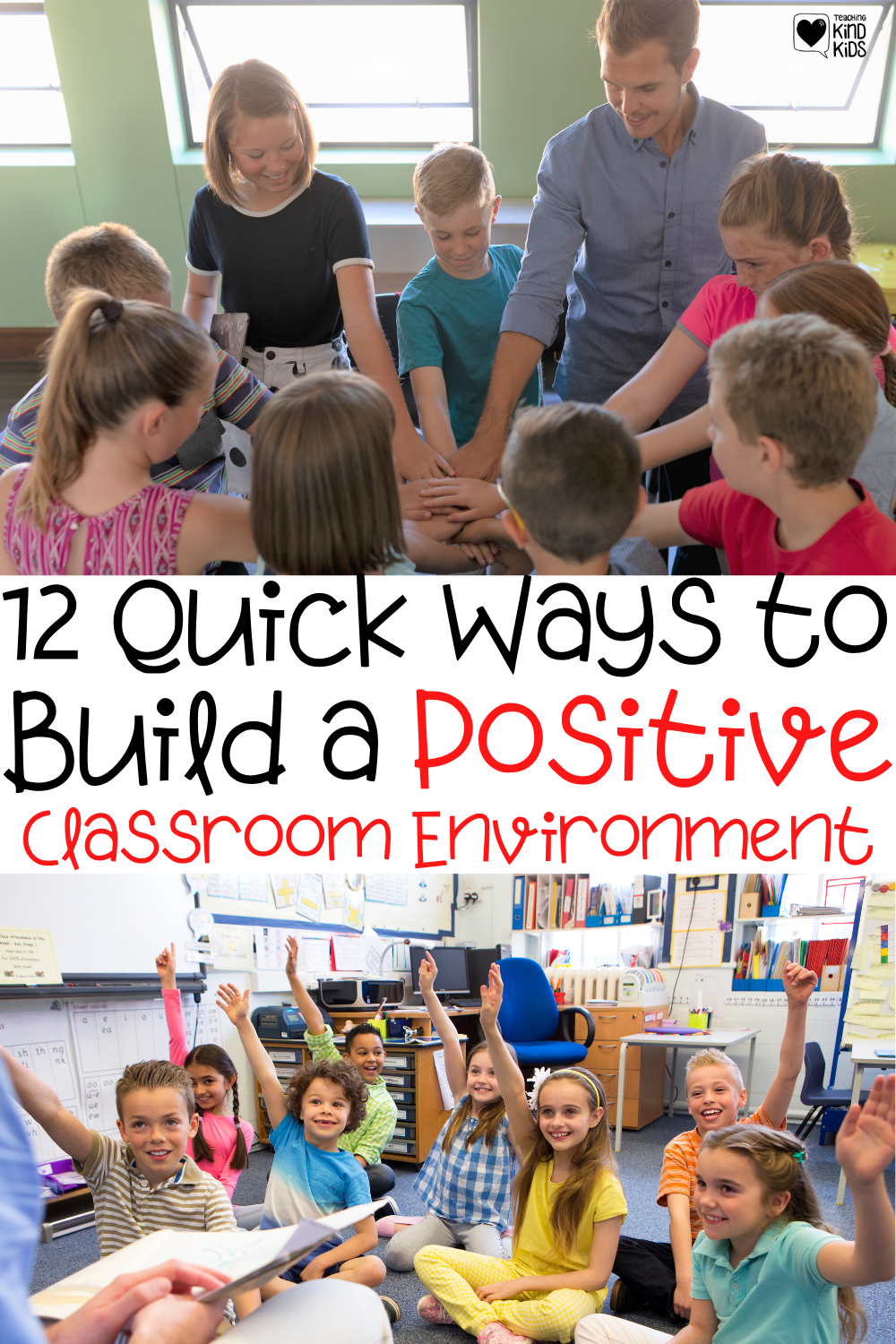
Leave a Reply